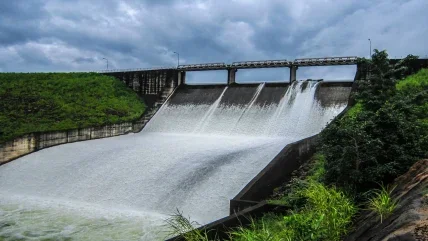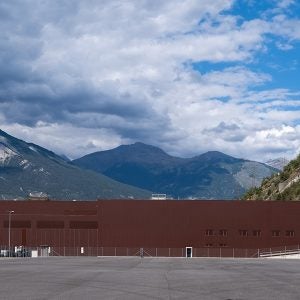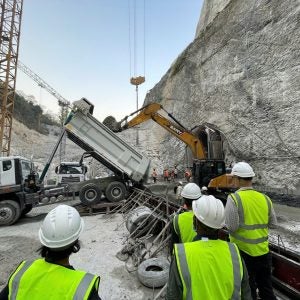
Dams owned by US utility SJWD Water District are to be monitored via geospatial AI technology from Rezatec, after the utility signed up to a three-year subscription.
Located in Spartanburg County, South Carolina, SJWD Water District serves a rapidly growing population of approximately 70,000. Currently, one of SJWD’s biggest challenges is responding to this increasing population. In the past five years, they have experienced, on average, a 4.5% annual customer growth rate.
Urbanisation is seeing more people living downstream of a dam than ever before. This represents a significant increase in the consequences of failure and the potential for catastrophic risk.
“Of all the assets SJWD owns and maintains, our dams have the highest potential for large impacts to our customers and downstream neighbours if not properly operated and maintained,” explained Billy Cothran, Chief Executive Officer at SJWD. “SJWD decided to use Rezatec’s Dam Monitoring technology because of its ability to combine satellite data with AI analysis, to provide SJWD with a clearer picture of the changes that occur over time with our dams. Our goal is to use this technology to stay ahead of any changes that could impact the integrity of one of our dams.”
SJWD Water District owns a total of six dams, five of which are considered either high or significant hazard, which means a failure would likely cause loss of life along with significant economic damage. Implementing Rezatec’s Dam Monitoring product, they will be monitoring three of the six dams to supplement routine on-site inspections.
“The data provided by Rezatec will help us not only see back in time, but it will allow us to cost-effectively monitor our dams on a more continual basis” continued Cothran.
Rezatec’s approach, initially interprets three years of satellite data to create a retrospective analysis which has been collected at six-to-twelve-day intervals. This first step establishes a baseline trend of what is ‘normal’ and what isn’t.
Included in the three-year subscription, SJWD Water District will then receive monthly updates to flag and locate any arising issues, down to a few millimetres of displacement. In addition to monitoring precise structural movements, the satellite data analyses vegetation moisture and vigour to pick up indicators of seepage.
“We intend to use this data to improve our asset management strategies relative to our dams. This information will help us better plan and prepare for any necessary repairs and improvements to some of our largest assets” added Cothran. “This should also provide South Carolina DHEC with a greater level of confidence in the efforts taken to monitor assets that could have large potential impacts if not properly managed and maintained.”
Although in early stages of adoption for SJWD Water District, there is already scope to expand the remote monitoring.
“Assuming a successful pilot, we would begin monitoring our other dams that are categorized as high/significant hazard” stated Cothran.
“We are helping our customers to prioritise investment in critical infrastructure, whilst making significant savings in maintenance and repair. It’s all about optimising the budget and resource available, by becoming more proactive, efficient and resilient to the challenges we’re facing,” said Camilla Braithwaite, Product Manager, Rezatec.






